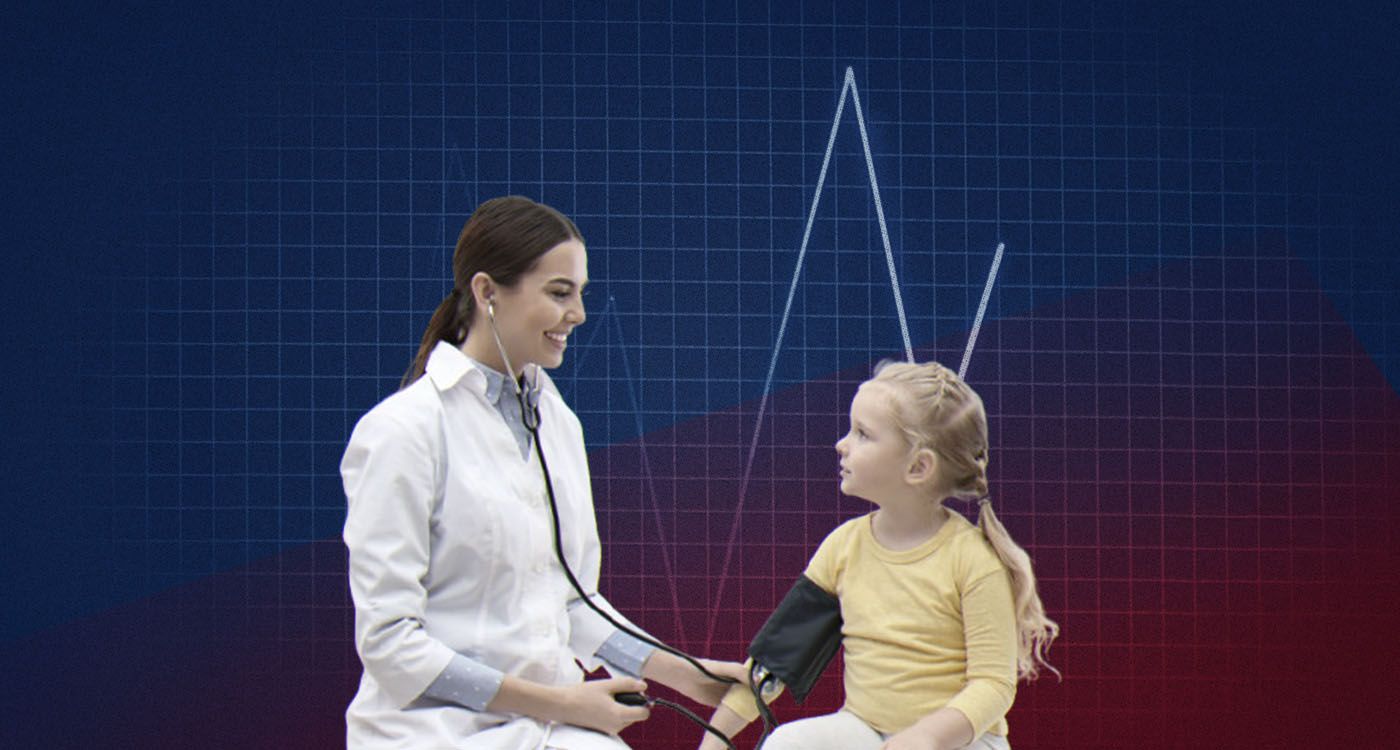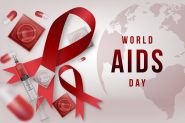
High blood pressure is no longer just an adult problem. Young people are increasingly being diagnosed with hypertension – and the causes vary.
According to Dr. Zeina Kadri, a professor of cardiology and Head of the Cardiac Intensive Care Unit at Hôtel-Dieu de France, “In adults, hypertension often develops from around age 35, usually without a secondary cause, and is often hereditary.”
In those under 18, however, the situation is different. “Hypertension in minors is usually not hereditary but caused by another underlying condition,” explains Kadri.
The causes can be diverse. “The most common conditions leading to hypertension in children and teens are coarctation of the aorta and renal artery disease,” she says.
Coarctation of the aorta is a narrowing of the body’s main artery, which forces the heart to work harder to pump blood through the constricted section and circulate it throughout the body.
Kadri adds a third possible cause: “Some cases are endocrine-related, involving disorders of the adrenal or thyroid glands.”
Obesity and Lifestyle: The New Drivers
In recent years, lifestyle factors have become major contributors to hypertension in young people.
“Today, around 85% of hypertension cases in youth are linked to obesity rather than underlying diseases,” notes Kadri. “It’s increasingly a case of essential hypertension in younger individuals, rather than secondary hypertension.”
Lack of physical activity, a poor diet and excessive salt intake are key lifestyle contributors.
Despite rising obesity rates among children and teens, hypertension remains relatively uncommon in those under 18.
The Challenge of Diagnosis
Symptoms such as headaches, dizziness, fatigue, palpitations, nosebleeds, vision problems, shortness of breath and ringing in the ears can signal hypertension. But often, the condition is symptomless. So, how is it detected?
“For children under 16, we use specialized growth charts based on age, sex, height and weight to determine if blood pressure is high,” explains Kadri. “From age 16 onward, a reading above 130/85 mmHg is considered hypertensive.”
However, diagnosis requires more than one high reading. “A single elevated measurement at the doctor’s office isn’t enough,” she says. “We need multiple readings, sometimes over several days. We may use a 24-hour Holter monitor to track heart activity at home, conduct several consultations with a pediatrician or cardiologist and perform kidney function tests if necessary.”
A Silent Killer
Often called “the silent killer,” hypertension can go unnoticed for years, making it particularly dangerous in young people. That’s why prompt treatment is essential once the condition is confirmed.
“Before considering medication, we always begin with lifestyle and dietary changes,” emphasizes Kadri.
This includes at least one hour of physical activity per day, significantly reducing fatty and salty foods, limiting salt intake to no more than 2.5 grams per day, losing weight if necessary and weekly blood pressure monitoring.
“Only when these measures fail do we introduce medication,” she says. “Even then, we use the same drug families as in adults, though we try to avoid beta-blockers whenever possible.” Beta-blockers reduce the effects of adrenaline on the heart and blood vessels, but are less commonly prescribed to young patients.
Preventing Complications, Protecting Lives
Side effects from blood pressure medications in adolescents are generally mild, especially compared to the risks of untreated hypertension.
“There’s a real danger to life, particularly in cases of secondary hypertension,” warns Kadri. “If left untreated, the damage to organs such as the heart, brain, kidneys and eyes can be catastrophic.”
Starting treatment early can significantly improve long-term outcomes. “Prescribing treatment to a teenager helps extend both life expectancy and quality of life,” she stresses. “It prevents much more serious and costly complications down the line.”
Uncontrolled blood pressure can seriously disrupt a child’s daily life – leading to fatigue, cognitive issues and social isolation. School performance and social development often suffer. That’s why support from family and school is essential.
The Role of Family and School
“The home and school environments are critical,” emphasizes Kadri. “Families should encourage physical activity, follow a healthy nutritional plan, monitor blood pressure weekly and ensure that treatment is consistently followed.”
In fact, these healthy habits should be adopted even before hypertension develops, as a way to protect children’s long-term health.





Comments